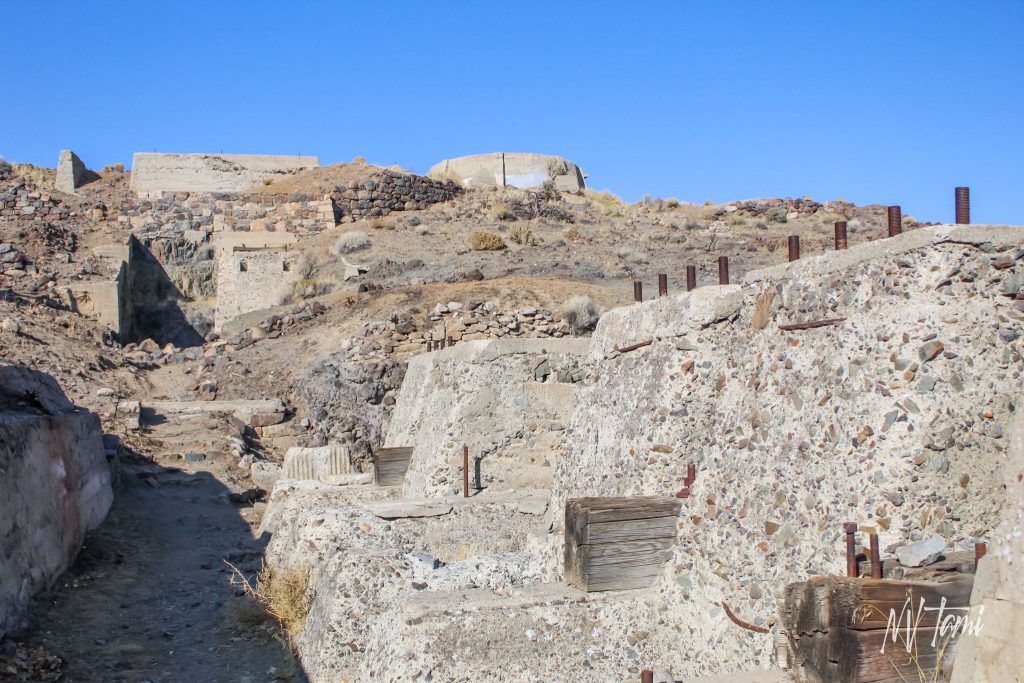
I can’t begin to count the times growing up our family drove past Dayton on the way to visit family in the Gold Country. Each time I noticed the mysterious cave and structures covering the hill and I begged my parents to explore but were in a rush and never stopped. When I moved to the area I again drove past the cave for years, never seeming to have time to visit. Then one day on a family ghost town trip to Thompson I decided we needed to make the loop to Dayton. It was a chilly fall day and the guys decided to stay in the car while my daughter and I explored the mill site.
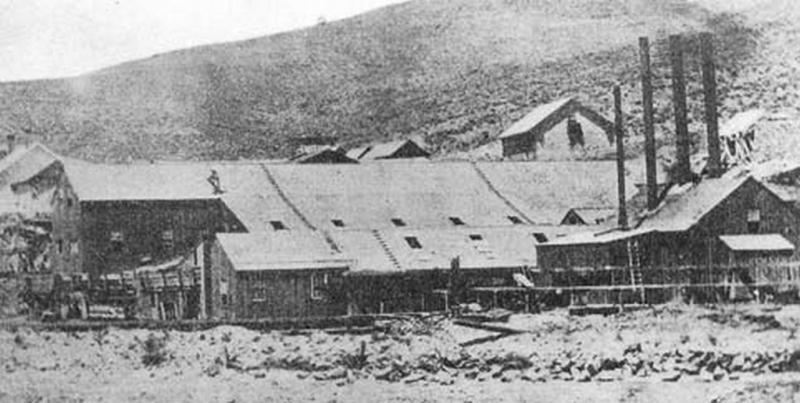
(Photo credit: WNHPC)
Rock Point Mill was constructed in 1861 to process silver ore from Virginia City and Silver City. The mill was built by Charles S. Stevenson, Governor of Nevada from 1887-1890. The forty stamp mill was estimated to cost at $75,000, about $3 Million in 2020. In 1877 Rock Point was modernized and expanded to 56 stamps at a cost of $175,000, equivalent of over $4M in 2020.
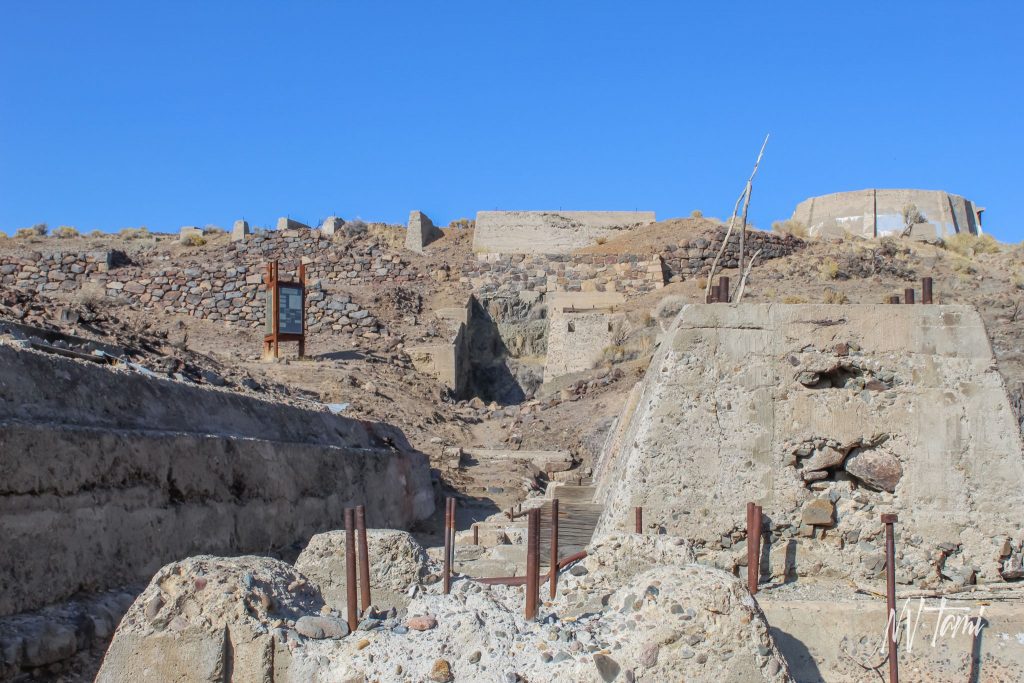
Rock Point was one of the earliest mills on the Carson River and one of the most extensive in the country. The main building was 90′ by 100′. A sixteen foot, 100 horsepower water wheel powered the mill. Water was brought 2000′ from the Carson River using a dam and system of flumes.
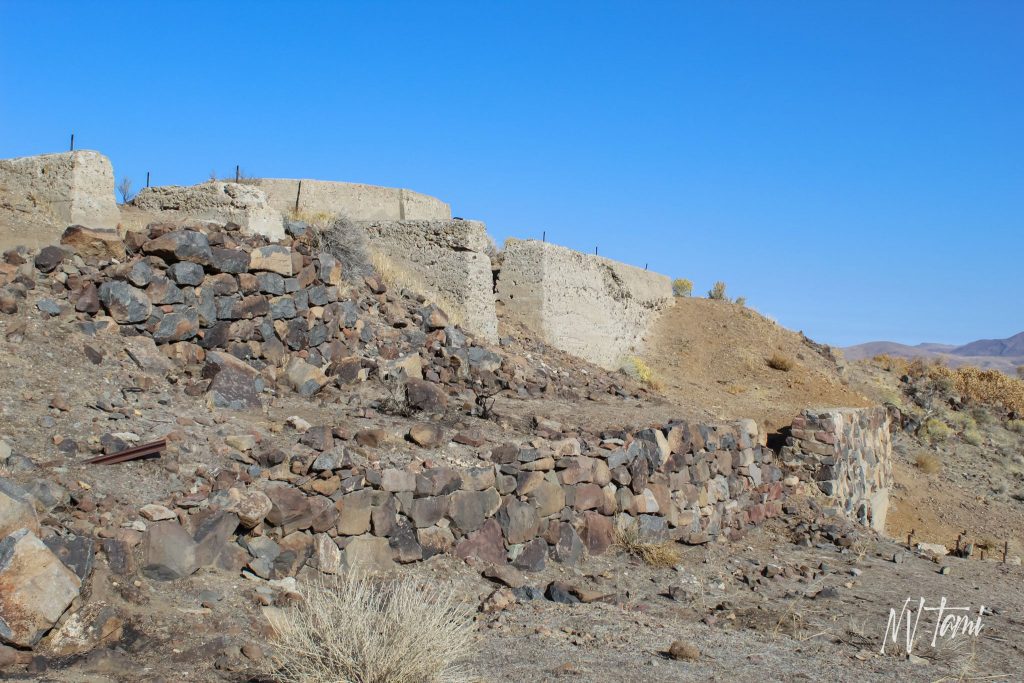
A tram system connected the mines in Virginia City and Gold hill to the mill. Ore would be transported down the mountain on the tram, deposited into ore bins then loaded into horse drawn wagons to be taken to the mill.
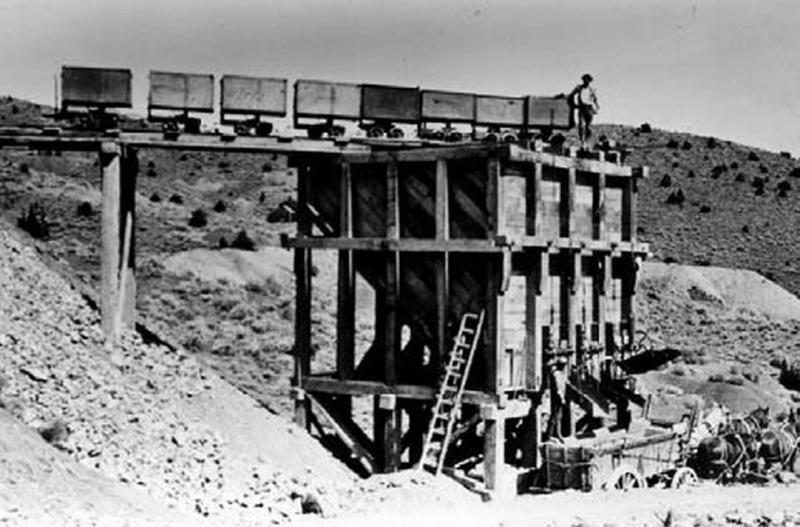
(Photo credit: WNHPC)
Rock Point operated until 1882 until it was destroyed by fire. It was rebuilt and soon again was receiving ore from the Comstock Lode. Destroyed by fire again in 1909, the mill was rebuilt in 1910, by the Nevada Reduction and Power Company. The time the mill was built using fire resistant corrugated tin.

Burning of Rock Point Mill 5-2-1909
(Photo credit: UNR Library)
Demand for milling along the Carson River lessened after the Comstock Lode played out. Reprocessing tailings extended the life of larger mills but soon it was not finically feasible to continue operations. Rock Point Mill was dismantled and moved to Silver City in the 1920s.
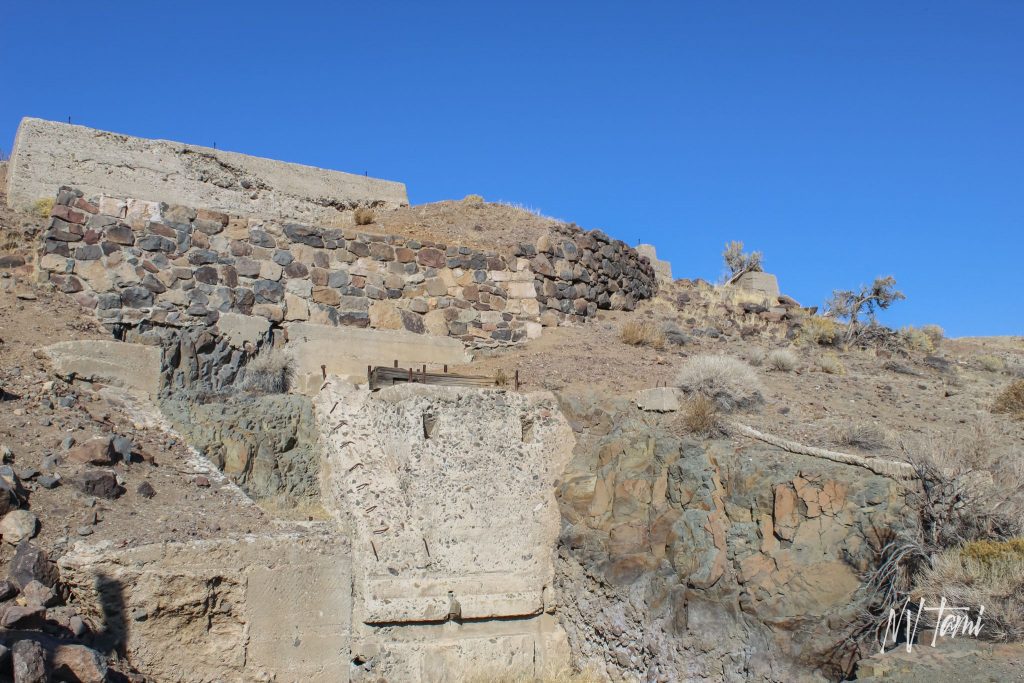
Extensive ruins remind visitors of the importance of milling to the Comstock Lode. Stone retaining walls date from the 1861 mill. Concrete foundations and footings, water storage tank and battery footings date to the second mill.
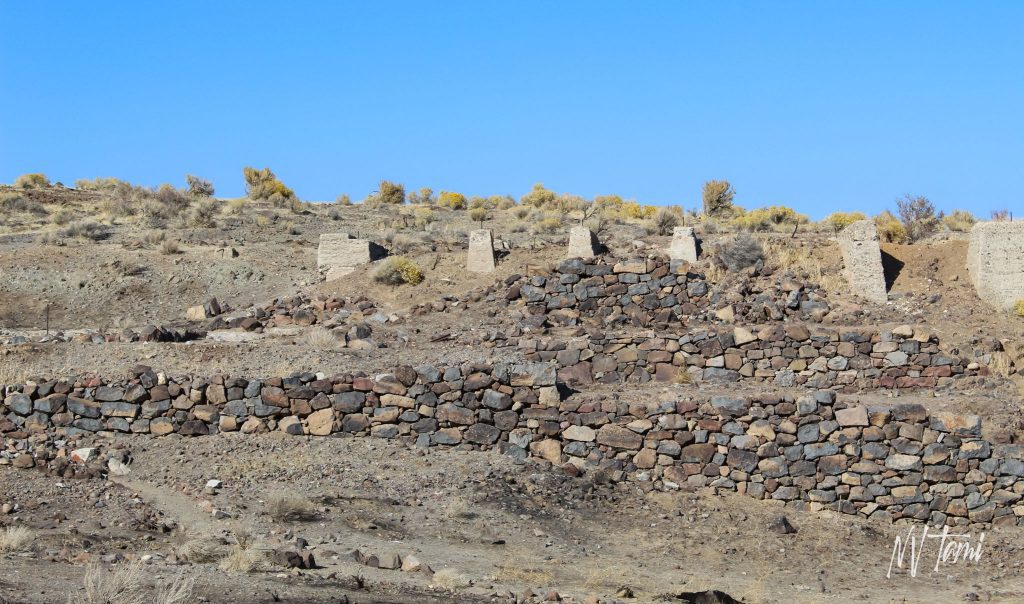
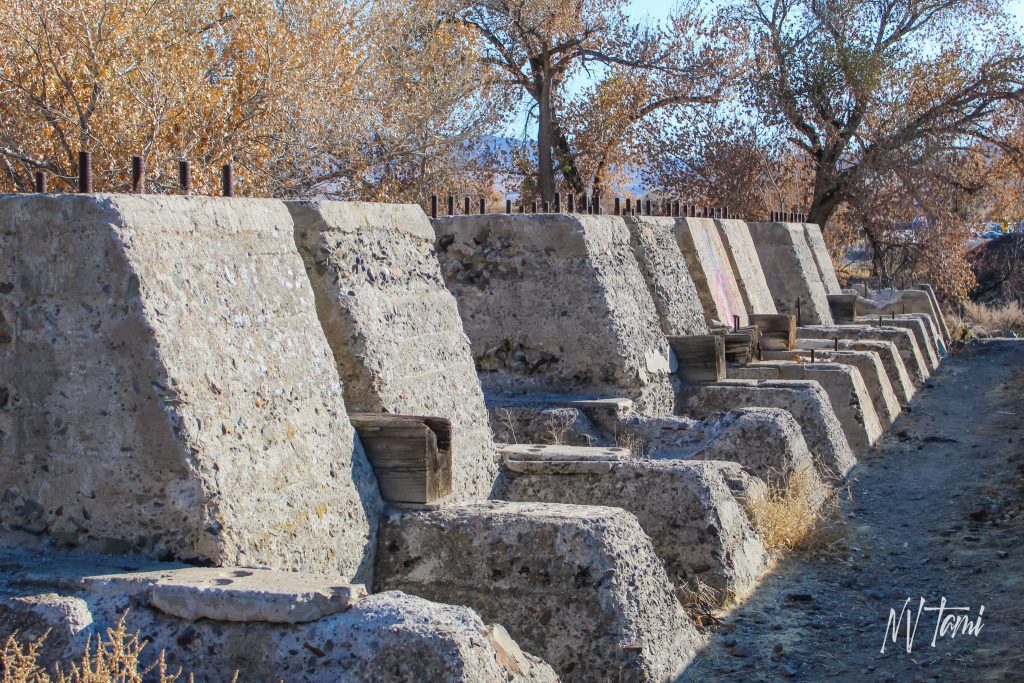
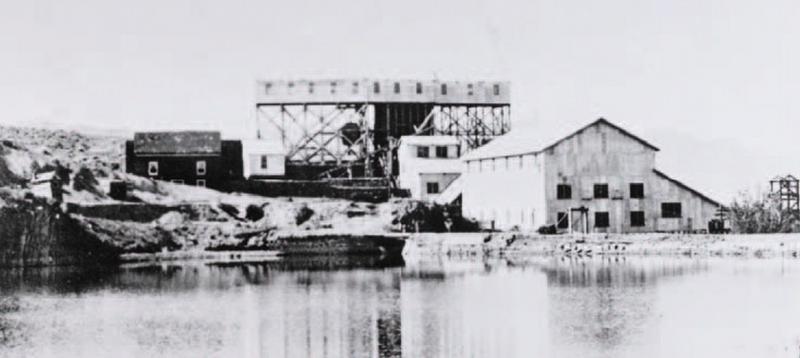
Rock Point Mill was used as the town dump for 30 years. The former mill site was established as a portion of Dayton State Park in 1977 and opened in 1979. The park has trails, information signs and picnic facilities.
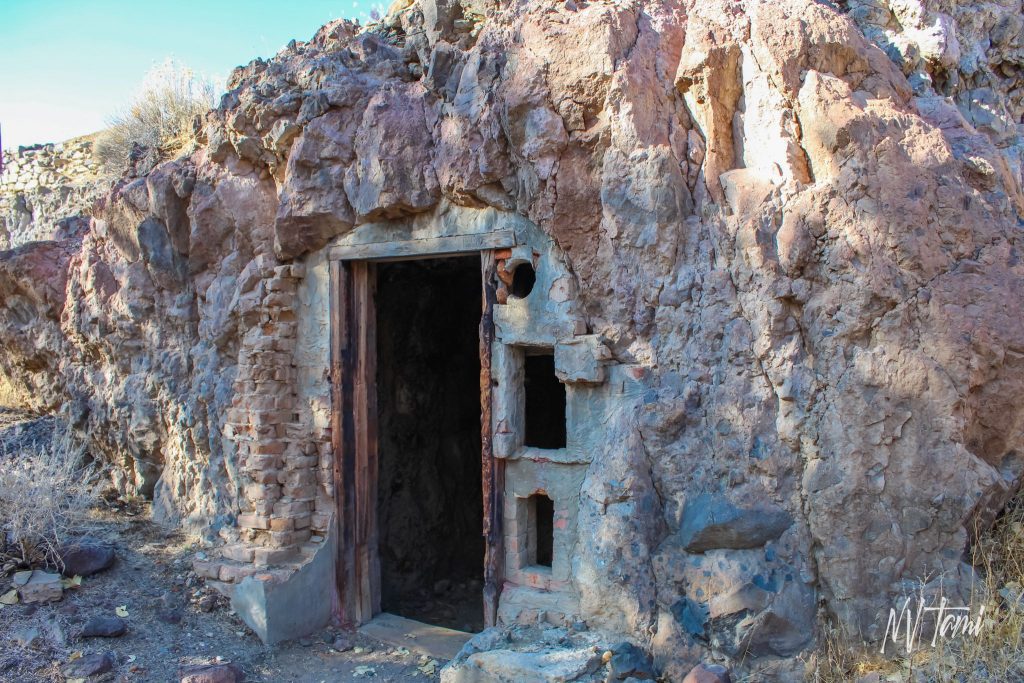
Our final stop was the cave that fascinated me as a child. The opening into the rock has been referred to as “Hermit’s Cave.” The cave is only five feet deep. A door and openings are framed into the rock and the inside is unfinished. I found no information online other than the name. Luckily my friend and long term local, Ilene, knew the cave was inhabited into the 1970s.
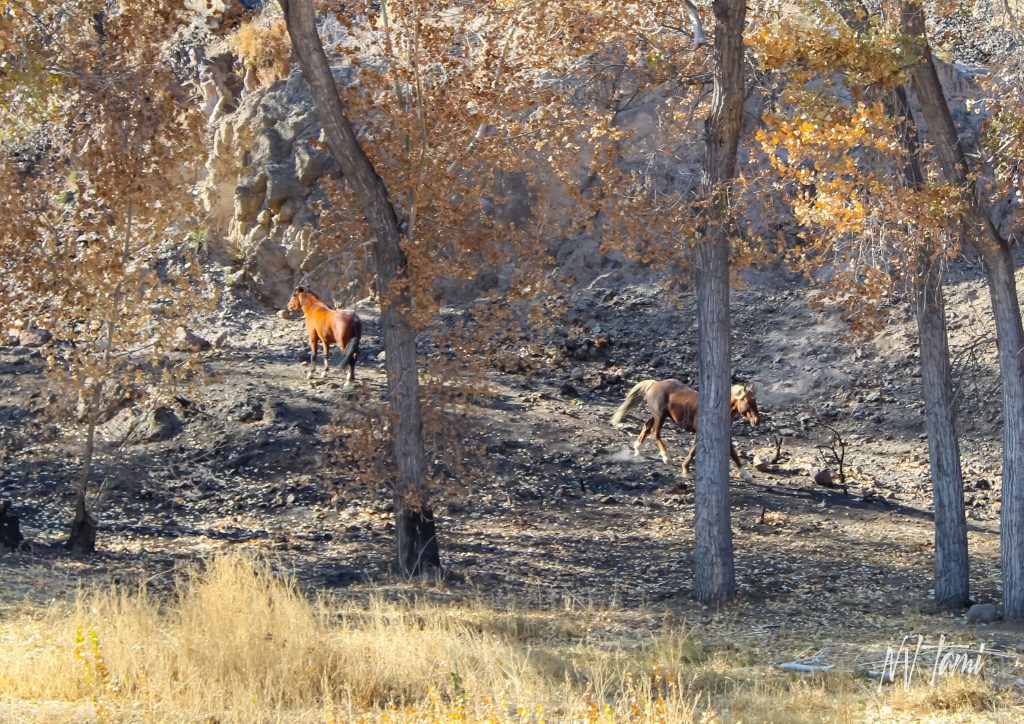
Park residents
Visited 11-12-2018
References
- Backyard Traveler: Dayton’s Rock Point Mill
- Dangberg, Grace. Conflict on the Carson. Carson Valley Historical Society, Pages 44-45, 278, 344, 446, 285, 342-347.
- Dennis Cassinelli: The Carson River Canyons Mills
- Nevada Appeal: A History of Rock Point Mill
- Nevada State Parks: Dayton State Park
- Paher, Stanley. Nevada Ghost Towns and Mining Camps. Nevada Publications, 1970. Page 48-52, 63-69.
- University Nevada Libraries: Burning of Rock Point Mill. Dayton, Nevada. May 2, 1909
- Western Nevada Historic Photo Collection: Rock Point Mill
Leave a Reply